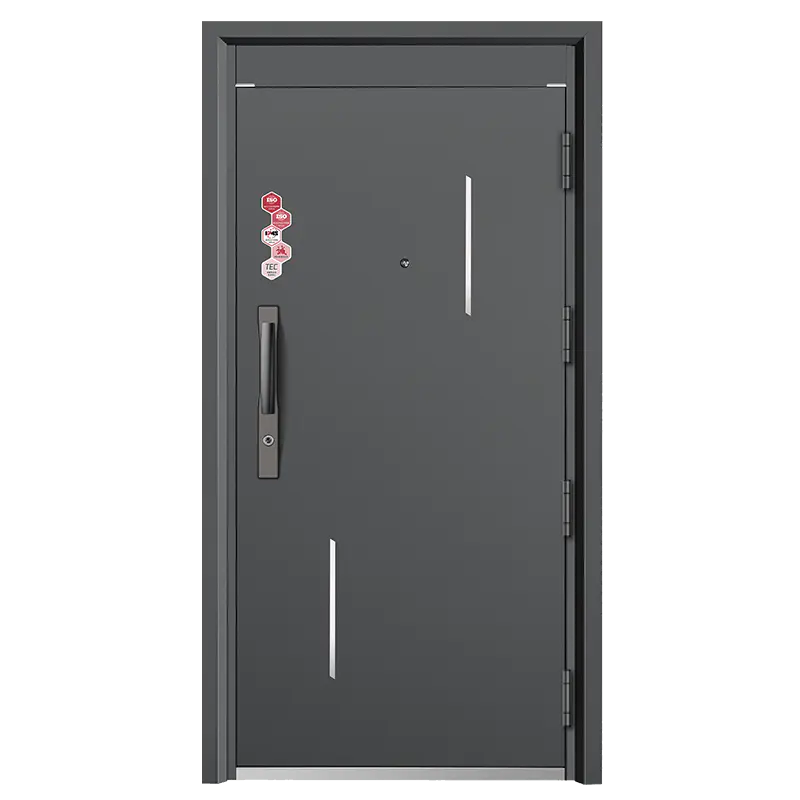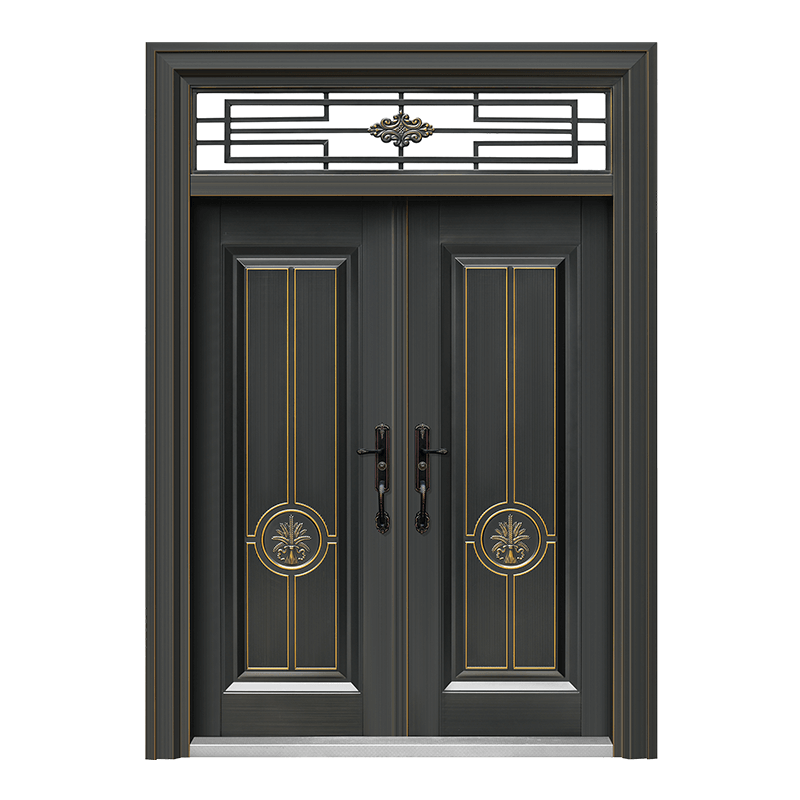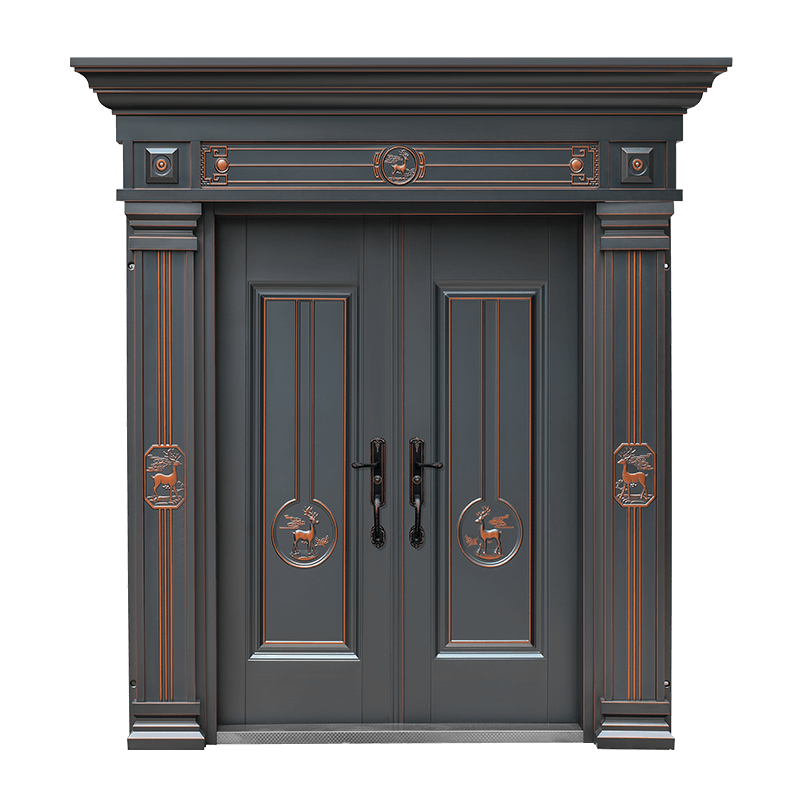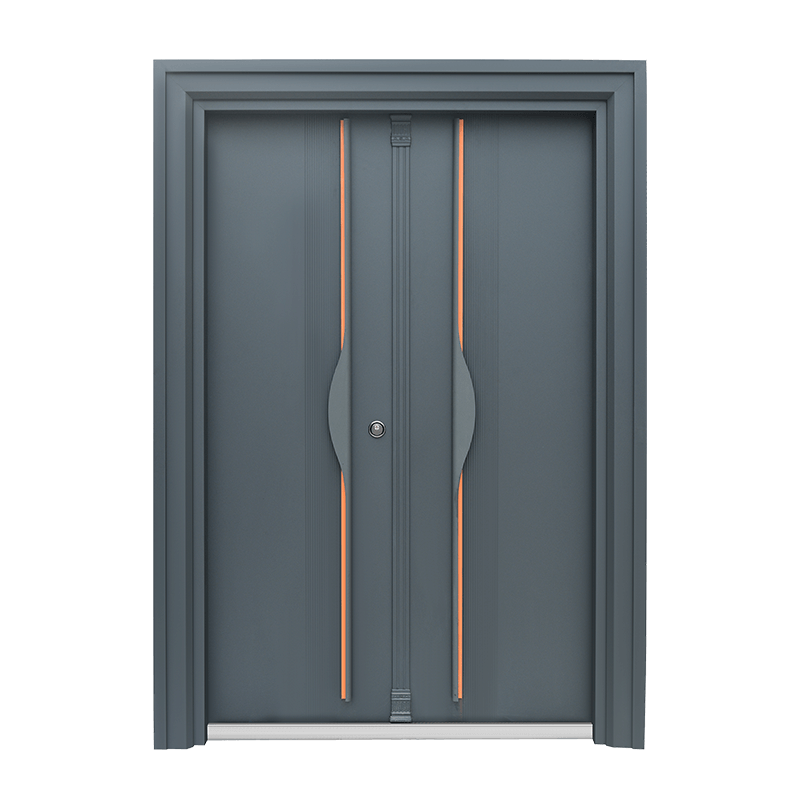Water Resistance of Spliced Door in Humid Environments
Nov 14, 2025
Spliced Door systems are increasingly used in both residential and commercial buildings due to their flexibility and aesthetic appeal. However, their performance in humid or rainy environments requires careful evaluation. Moisture can penetrate the joints or panel surfaces, causing swelling, warping, or even structural failure if the door is not properly designed and treated. Understanding the factors that influence water resistance and implementing protective measures is critical to ensure long-term durability and reliable performance of Spliced Doors.

Material Selection for Moisture Resistance
The choice of materials plays a primary role in the water resistance of a Spliced Door. Engineered woods, composite materials, and high-quality treated hardwoods are commonly used to decrease absorption and prevent deformation. Panels may also be coated with water-repellent finishes or treated with preservatives to enhance resistance against humidity and rainfall. The core material, particularly at the spliced joints, must resist swelling to maintain structural integrity. Proper material selection ensures that the door retains its shape and functionality in damp conditions.
Joint Design and Sealing Techniques
The spliced sections of a door are typically the vulnerable areas for water ingress. Effective joint design and sealing are therefore essential. Precision machining ensures tight-fitting joints, reducing gaps through which water could penetrate. Sealants, weatherstrips, or gaskets are often applied along joints to create an additional barrier against moisture. Overlapping or interlocking designs at the splices can also improve water resistance by preventing direct paths for water to reach the internal panels. These methods are especially important for doors exposed to constant rain or high humidity.
Surface Treatments and Protective Coatings
Surface treatment is another critical factor for maintaining water resistance. Spliced Doors can be coated with varnishes, polyurethane, or other waterproof finishes that create a protective layer over the panels. These coatings prevent water absorption and limit the effects of moisture on both the surface and the internal structure. Regular maintenance of the coating is important, as wear or scratches can compromise protection and allow water to penetrate over time. In outdoor applications, UV-resistant and mold-resistant coatings may also be applied to enhance durability.
Hardware and Drainage Considerations
Hardware selection and installation affect the water resistance of a Spliced Door as well. Hinges, locks, and handles should be corrosion-resistant to prevent rusting and water accumulation. Proper alignment ensures that water drains away from joints instead of pooling along seams. Some doors incorporate drip edges or thresholds that channel water away from the door structure, reducing exposure to moisture and reducing the risk of damage.
Maintenance and Inspection for Longevity
Even with careful design, ongoing maintenance is crucial for long-term water resistance. Regular inspections to check for gaps, sealant deterioration, or surface wear can prevent minor issues from escalating. Reapplying protective coatings, replacing worn weatherstrips, and ensuring proper drainage will extend the life of the Spliced Door in humid or rainy environments. Consistent maintenance ensures reliable performance and reduces the risk of structural failure.
The water resistance of Spliced Door systems in humid or rainy conditions depends on multiple factors, including material selection, joint design, surface treatment, hardware, and ongoing maintenance. Attention to these details ensures that the door remains durable, functional, and aesthetically appealing over time. By implementing proper sealing techniques, protective coatings, and periodic inspections, Spliced Doors can withstand challenging moisture conditions while maintaining their structural integrity and performance.

 English
English 中文简体
中文简体 Français
Français Español
Español عربى
عربى





